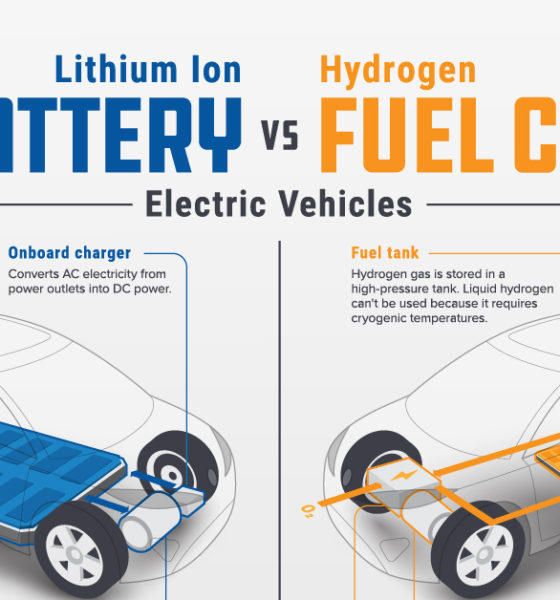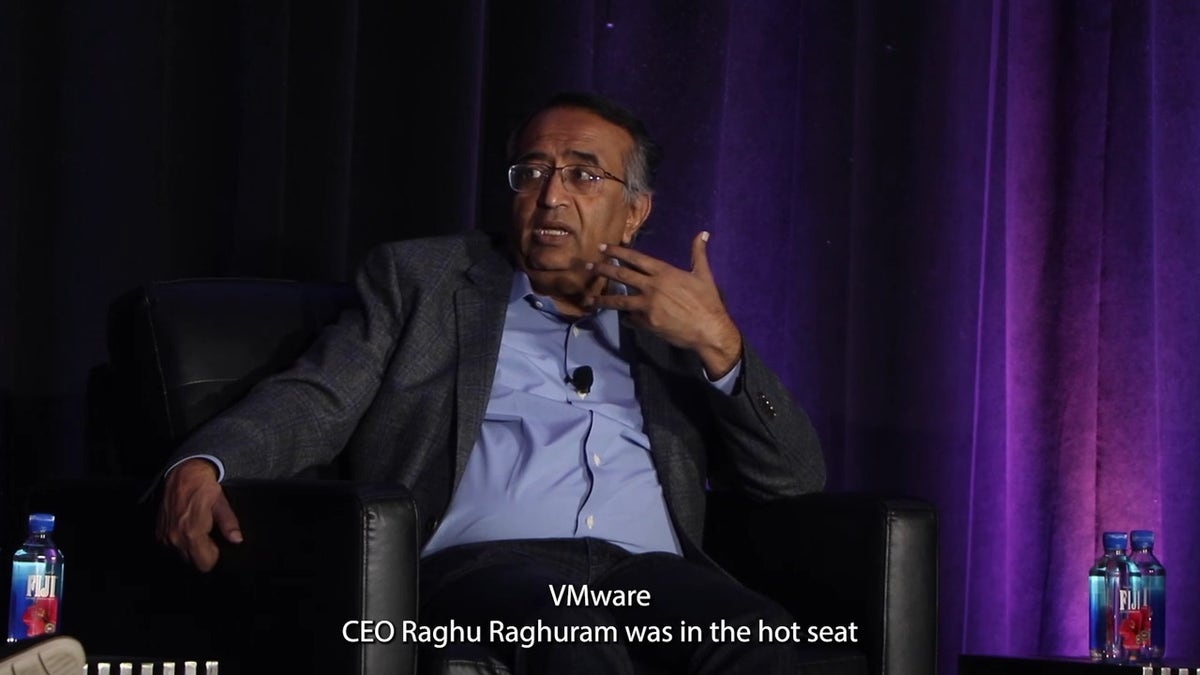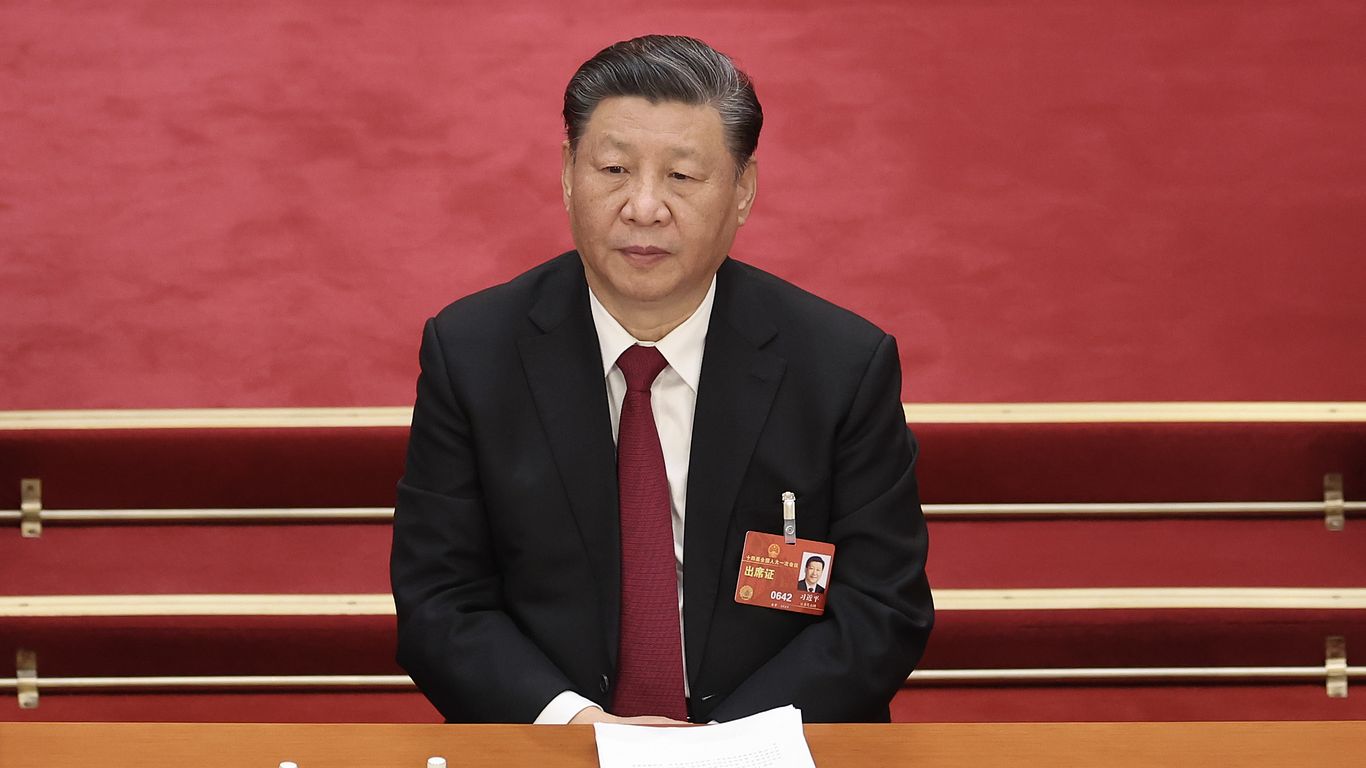The Future Of European Public Transit: Hydrogen Vs. Battery Buses

Table of Contents
Environmental Impact: A Head-to-Head Comparison
The environmental credentials of hydrogen and battery-electric buses are crucial for their adoption in European public transit. A comprehensive lifecycle assessment is needed, considering production, operation, and end-of-life impacts.
Greenhouse Gas Emissions
Lifecycle greenhouse gas (GHG) emissions vary significantly depending on the energy sources used in their production and operation.
-
Battery Electric Buses: Emissions are heavily dependent on the electricity grid's carbon intensity. Using renewable energy sources like solar and wind power drastically reduces emissions, while reliance on fossil fuels negates many environmental benefits. End-of-life battery recycling also plays a significant role in minimizing the overall carbon footprint.
-
Hydrogen Buses: The production of green hydrogen, using renewable energy through electrolysis, is crucial for minimizing GHG emissions. "Grey" hydrogen, produced from natural gas, has a much larger carbon footprint. Carbon capture and storage (CCS) technology can help reduce emissions from grey hydrogen production, although this adds significant cost and complexity. The operational emissions of hydrogen buses are essentially zero.
-
Comparison:
| Scenario | Battery Electric (kWh/km) | Hydrogen (kg/km) |
|---|---|---|
| Renewable Electricity Source | < 10 g CO2e/km | ~10-20 g CO2e/km (Green Hydrogen) |
| Fossil Fuel Electricity Source | > 100 g CO2e/km | > 100 g CO2e/km (Grey Hydrogen) |
Air Pollution
Air quality is a critical consideration, especially in densely populated urban areas.
-
Battery Electric Buses: Produce zero tailpipe emissions, significantly improving local air quality by reducing particulate matter (PM) and nitrogen oxides (NOx).
-
Hydrogen Buses: Also produce zero tailpipe emissions, emitting only water vapor.
-
Comparison:
| Factor | Battery Electric Buses | Hydrogen Buses |
|---|---|---|
| Tailpipe Emissions | Zero | Zero |
| Particulate Matter | Zero | Zero |
| NOx Emissions | Significantly Reduced | Significantly Reduced |
Infrastructure Requirements and Costs
The development of supporting infrastructure is a major hurdle for both technologies, with significant cost implications.
Hydrogen Refueling Infrastructure
Establishing a widespread hydrogen refueling network across Europe presents considerable challenges.
-
Cost Factors: High capital costs for electrolyzers, refueling stations, and hydrogen storage are major barriers. The transportation and distribution of hydrogen also add to the overall expense. Government subsidies and private investment are essential to stimulate the growth of this infrastructure.
-
Current Status: The current hydrogen refueling infrastructure for heavy-duty vehicles in Europe is limited, requiring substantial expansion to support widespread adoption of hydrogen buses.
Electric Charging Infrastructure
While more mature than hydrogen infrastructure, the electrification of public transit still faces challenges.
-
Cost Factors: Installing and maintaining high-power charging stations for buses is expensive, requiring significant grid upgrades in many locations. The cost is influenced by factors such as charging capacity, location, and grid connection requirements.
-
Comparison: The initial cost of electric charging infrastructure is generally lower than that for hydrogen, but the scalability of charging infrastructure for large bus fleets might require substantial investment in grid upgrades to handle peak demand.
Technological Considerations and Performance
Technological maturity and operational performance significantly influence the viability of each technology.
Range and Refueling/Charging Times
Operational efficiency hinges on range and refueling/charging times.
-
Range: Battery electric buses typically have a shorter range than hydrogen buses, particularly in demanding urban environments. Hydrogen buses generally offer a longer operational range before refueling is required.
-
Refueling/Charging Times: Refueling hydrogen buses is generally faster than charging battery-electric buses, minimizing downtime and improving operational efficiency. However, charging technology for electric buses is continually improving.
-
Comparison:
| Factor | Battery Electric Buses | Hydrogen Buses |
|---|---|---|
| Typical Range (km) | 150-300 | 300-500+ |
| Refueling/Charging | 2-4 hours | 10-20 minutes |
Technological Maturity and Cost of Buses
Technological maturity and cost are key factors in determining market adoption.
-
Technological Maturity: Battery electric bus technology is currently more mature and widely deployed than hydrogen fuel cell technology. Hydrogen fuel cell technology is rapidly advancing, however.
-
Cost: The purchase price of battery electric buses is currently lower than hydrogen buses, but the cost gap is narrowing. Long-term maintenance and operational costs also need consideration.
-
Comparison:
| Factor | Battery Electric Buses | Hydrogen Buses |
|---|---|---|
| Technological Maturity | Higher | Rapidly Improving |
| Purchase Price | Lower | Higher |
| Long-Term Maintenance Costs | Moderate | To be determined |
Public Acceptance and Social Impact
Public perception and acceptance play a critical role in the successful deployment of either technology.
Public Perception of Hydrogen Technology
Public awareness and understanding of hydrogen technology are still developing.
-
Concerns: Safety concerns surrounding hydrogen storage and handling need to be addressed through public education campaigns. Addressing misconceptions about hydrogen's production methods is also vital.
-
Perception: A positive perception of hydrogen as a clean and sustainable fuel source is crucial for its widespread adoption.
Noise Levels and Passenger Experience
Noise levels and passenger comfort influence public acceptance.
-
Noise Levels: Both hydrogen and battery-electric buses are significantly quieter than diesel buses, improving urban noise pollution.
-
Passenger Experience: Both technologies offer a smoother and more comfortable ride than traditional diesel buses.
-
Comparison:
| Factor | Battery Electric Buses | Hydrogen Buses |
|---|---|---|
| Noise Levels | Very Quiet | Very Quiet |
| Passenger Comfort | High | High |
Conclusion
The choice between hydrogen and battery-electric buses for the future of European public transit is complex. Both offer significant environmental benefits over diesel, but differ in infrastructure needs, costs, and technological maturity. A balanced approach, leveraging the strengths of both, prioritizing sustainable energy sources, and investing in research and development and strategic infrastructure planning, is crucial for a cleaner and more efficient European public transit system. Further investment in both hydrogen buses and battery electric buses is vital for a greener future for European public transit.

Featured Posts
-
 Remembering Ovechkins Debut A Goaltenders Unique Request
May 07, 2025
Remembering Ovechkins Debut A Goaltenders Unique Request
May 07, 2025 -
 Pocivaj V Miru Izrazanje Sozalja In Podpore
May 07, 2025
Pocivaj V Miru Izrazanje Sozalja In Podpore
May 07, 2025 -
 John Wick 5 Should The Franchise End A Case For Creative Exhaustion
May 07, 2025
John Wick 5 Should The Franchise End A Case For Creative Exhaustion
May 07, 2025 -
 Leaked Texts Nba Star Anthony Edwards And Pregnancy Allegations
May 07, 2025
Leaked Texts Nba Star Anthony Edwards And Pregnancy Allegations
May 07, 2025 -
 Adidas Anthony Edwards 2 Unveiling The Design And Features
May 07, 2025
Adidas Anthony Edwards 2 Unveiling The Design And Features
May 07, 2025
Latest Posts
-
 12 Inch Surface Pro Features Cost And Performance Analysis
May 08, 2025
12 Inch Surface Pro Features Cost And Performance Analysis
May 08, 2025 -
 Broadcoms Proposed V Mware Price Hike A 1050 Increase For At And T
May 08, 2025
Broadcoms Proposed V Mware Price Hike A 1050 Increase For At And T
May 08, 2025 -
 Review Microsofts Compact Surface Pro With 12 Inch Display
May 08, 2025
Review Microsofts Compact Surface Pro With 12 Inch Display
May 08, 2025 -
 Car Dealers Double Down Against Mandatory Electric Vehicle Sales
May 08, 2025
Car Dealers Double Down Against Mandatory Electric Vehicle Sales
May 08, 2025 -
 Carneys D C Meeting Trump Described As Transformational President
May 08, 2025
Carneys D C Meeting Trump Described As Transformational President
May 08, 2025
